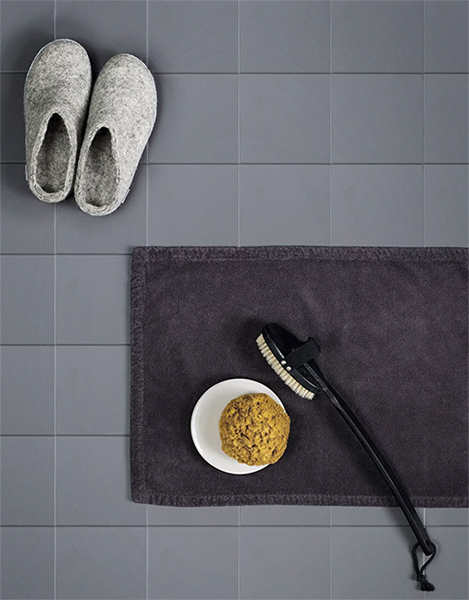
Freestanding baths stand alone in a bathroom, not up against a wall, or built into an enclosure with panels. They are the epitome of luxury bathroom design, creating a real wow factor. As you’d expect you can find a variety of styles, materials, and sizes from classic freestanding baths sitting on feet, to more contemporary designs. We are going to talk you through a few of your options to get you thinking about this type of bath and whether it might be right for you.
There are different types of freestanding bath. Clawfoot freestanding baths have a distinctive leg on each corner and are usually made of cast iron or acrylic -these add a sense of classic elegance to a home. Slipper freestanding baths have one side that is lower than the other – reminiscent of the bath tubs you see in the movies that have been filled by hand. Oval and rectangular freestanding baths remain the most popular shapes as they fit with most styles of bathrooms. Usually positioned in the middle of the bathroom away from the walls, the freestanding bath used to require a large bathroom, but there are compact options available from 1500mm in length.


Whichever style you choose, you could add a pedestal under your freestanding bath to raise it up and create a real feature. If you know the look you are going for with your bathroom this will help you choose the right freestanding bath. JD Bathrooms and Kitchens can advise you on which would be most suitable for you, the size, material and style.
There are many advantages to choosing a freestanding bath. As well as being the luxurious option, a freestanding bath is also a practical option, because the space around it is easier to clean, and you can get in to, and out of it, from all sides.
Installation is generally quick and easy. There is no panelling or enclosure to deal with. It is a fairly easy process to install a freestanding bath in most bathrooms. As you can place it where you like (within reason) you can have your bath where it gives you the best view – looking out the window for example.
Freestanding baths are generally more expensive than standard bathtubs despite the ease of installation and you will need to factor in the loss of a ‘rim’ of your bath where you might be used to having soaps and shampoo bottles etc.. You may also need to check your floor is strong enough to support a freestanding bath as they tend to be heavier, especially the cast iron ones.
Plumbing and taps are also a factor to consider as it may be that pipes need to be laid under the floor to reach your freestanding bath. Some freestanding baths have pre-drilled tap holes and so you can choose deck mounted fillers or mixer taps (read more about choosing brassware). If your bath doesn’t have pre-drilled holes, then it maybe you need to have the bath close to the wall to have wall-mounted taps or if your plumbing system allows have freestanding taps.
If you’re thinking of a freestanding bath come and visit us at JD Kitchens and Bathrooms. We can talk you through all your options and you can see what a freestanding bath is like in reality – you may decide it is too deep to bathe the kids, or you might fall in love with it instantly.
If you’re thinking of a new bathroom or making some changes in an existing one, then give us a call today on 01865 849 or email sales@jdbathroomsandkitchens.co.uk.
Contact



